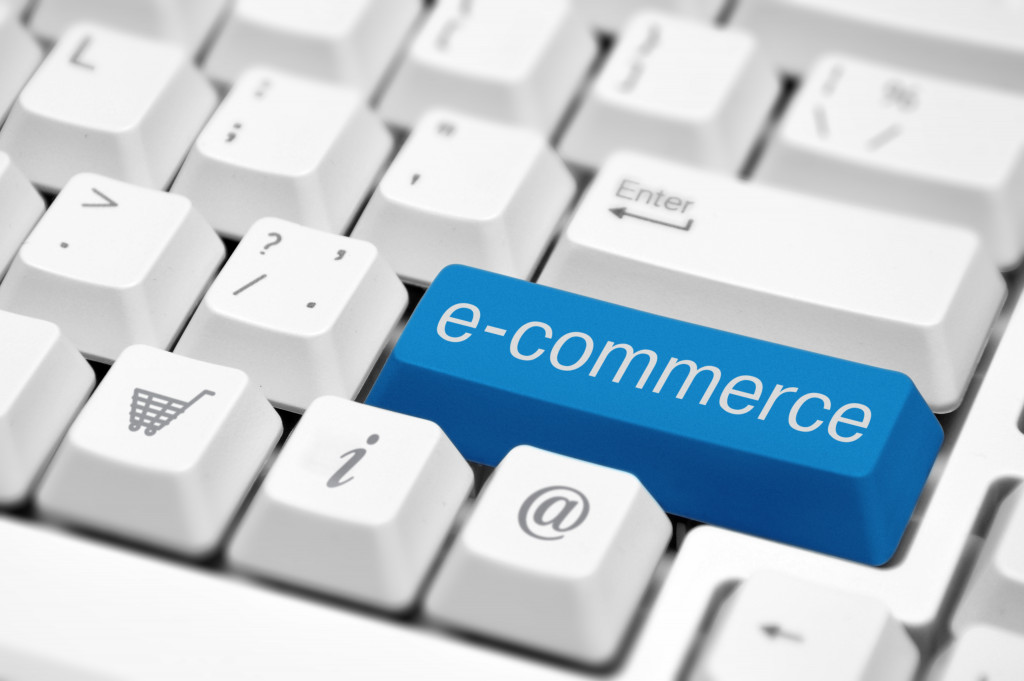Business landscapes all over the world were affected by the pandemic. More prominent and smaller corporations alike suffered significant hits to their bottom lines, with some even being forced to close down. However, in the midst of these uncertain times, there has also been a significant effort to develop new and creative ways to do business. Finding, analyzing, and integrating modern platforms and technology into the business model has led to quite promising results. Companies, left in tough spots, with lock downs and shelter in place orders, started pivoting the avenue through which they reach their consumers. Companies that have successfully understood what it takes to shift their practices to a more modern approach successfully have not only made it through the pandemic but have grown their market share.
Digital transformation and technological integration are two of the main trends we see across various business sectors. Though both share the same principles, digital focuses on using modern digital tools and platforms in order to further value and efficiency. While technological integration, which was earlier associated with educational uses, focuses on using modern technology to refine and improve learning, business practices, products, and services. Understanding and implementing both concepts aren’t quite as scary as it looks, but it’s definitely a far cry from the usual brick n mortar business model we’ve gotten used to seeing.
E-commerce
Among the most robust changes you could make is the development of an e-commerce platform. During the pandemic, as consumer behaviors changed, the more they stayed indoors, brands also had to adjust. While consumers were dealing with the feelings of anxiety and uneasiness connected to being in public spaces, the need for online e-commerce platforms and pick-up or delivery systems became essential. There were definitely businesses ahead of the curve with popular delivery services such as Uber and other ride-sharing platforms remaining fiercely on the market for third-party ordering and door-to-door delivery.
In establishing e-commerce websites, it’s also important to consider the site’s user interface compatibility. Studies have shown that more users interact with the internet on their mobile phones over any other screen. Traditional websites specifically designed for laptop or desktop browsers don’t quite translate that well to mobile browsing. Fluid transitions, snappy pages, and organized layouts make a world of difference in an industry with more than millions of web pages available.
Technology
New and innovative devices have also been integrated into some sectors of industry in an effort to provide consumers with better experiences. Virtual reality goggles, for example, have been widely used in real estate companies and car dealerships to mimic that walk-through or test-drive experience that’s perceived to carry considerable weight when closing sales. Lesser cutting technology but impressive nonetheless has been the use of tablets and other devices for companies to go digital. Not only is this initiative good for the environment, but it makes centralized record-keeping a much easier task.
As cities started to close their borders during the pandemic, technology also helped businesses improve their logistical efforts. Electronic data-keeping, real-time tracking devices, and better long-distance communication tools allowed companies whose suppliers had erratic delivery schedules due to health and safety protocols, receive information in ample time to make adjustments. Partnered with general liability insurance for businesses and thoughtful stop gaps placed in their business processes, these companies could minimize the damage to their inventory and operations.
Social Media

Digital marketing strategies were the way to go during the pandemic. Creating easy-to-use website interfaces and search engine optimization did a lot to better the exposure of both big and small businesses. However, even with the online traffic generated, there were still opportunities to gain more eyeballs on your product. This is where social media plays such a crucial role. Creating a social media account on Facebook, Instagram, Twitter, YouTube, and even TikTok is free, whether as a creator or regular user.
These platforms boast billions of users on the platform every day. Integrating social media into your business comes in two stages. Paid advertising on the platform, through feed ads or sponsorships, and then establishing your own profile and growing a following. The difference between the two and their effectiveness is in the type of content you share. While traditional advertising presents the best picture of your product or service, brand profiles usually fare better with authentic and lifestyle content.
These are just some of the factors that go into successfully navigating the new normal with modern digital tools. In essence, it’s crucial to remember that the market still remains at the epicenter of businesses. Digitalization and technology have merely given us the tools to connect better and engage our consumers.

